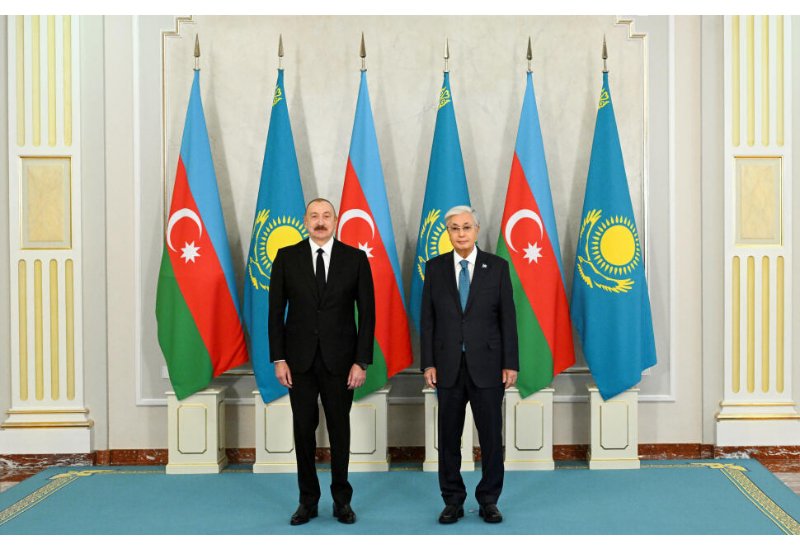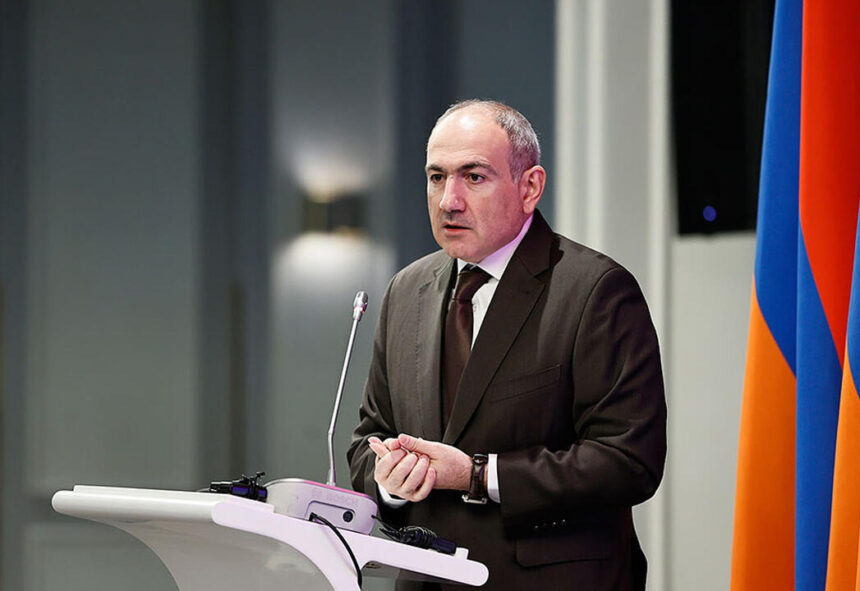|
|
TODAY.AZ / Analytics
Lake Goycha under Armenian ecological terror
25 February 2014 [09:15] - TODAY.AZ
 By AzerNews
By AzerNewsSevan, the largest lake of the Caucasian region is in ecological danger.
The Armenian government is destroying this natural water basin which is situated in Azerbaijan's Gokcha region.
The original name of the Sevan Lake is Gokhca, which means "blue river" in Turkish. There were a lot of Azerbaijanis living around the lake until 1988. Armenia deported more than 250,000 Azerbaijanis in January, 1988, as a result of its ethnic cleansing policy. Afterwards, the Armenian authorities falsified the etymology of the lake and changed its name to "Sevan".
The Armenian government's recent decision has led to a critical situation for Lake Sevan, creating the possibility of water logging.
The government disapproved a decision on rising water level in the country's only guaranteed major source of fresh water for the next five years, during which Lake Sevan will face negative ecological disasters.
Former director of the National Park Sevan ecologist Gagik Sukhudyan has warned that the government's violation of the law on Sevan has created a critical situation.
"The government has adopted a decision on draining an additional 70 million cubic meters of water, and it means that some 240 million cubic meters of water will be drained," he said.
Under the law, only 170 million cubic meters of water can be drained from the lake every year.
The government submitted the relevant decision to the parliament for the approval.
Sukhudyan said the level of Lake Sevan will fall by 35 centimeters, as an irrigation canal called Arpa-Sevan is under repairs and water from the Spandaryan canal is not used.
"The government cites needing 8,000 farms in the Ararat valley to irrigate their lands as the reason for its decision. This, of course, is untrue. The Ararat Valley's farmers have no water because of the illegal deep holes that are used for the development of fish farms," he said.
Sevan will also be negatively influences by a government's agreement worth $180 million.
The government signed an agreement on selling the shares of the state enterprise Vorotan Cascade HPP to the U.S. company Contour Global for $180 million on January 29, 2014.
Vorotan Cascade also includes the Spandaryan canal which supplies Lake Sevan with 160 million cubic meters of water.
Sukhudyan believes that the government has not informed the American company of this matter.
He also said a project aimed at creating a large fish farm is also a threat to Sevan.
Under the project, the number of ishkhan fishes reared on artificial food will be increased to 50,000 tons. This is an additional source to pollute the lake with artificial food, Sukhudyan believes.
He is concerned over the government's indifference to its water resources.
"In some countries water is more valuable than oil, but in Armenia there is no state body which is interested in protecting Sevan. In fact, Sevan is a huge repository of fresh water, but no steps have been taken to protect it," he noted.
Armenia is destroying not only the nature of Azerbaijan's historical lands, but also its occupied territories.
Armenia is committing an ecological terrorism against Azerbaijan. As a result of Armenia's military aggressions, 1.7 million hectares of Azerbaijan's territory have remained under occupation since early 1990s, where rare tree species are on the verge of destruction.
There are more than 460,000 species of wild trees and shrubs in the occupied territories, 70 of which are endemic.
In these areas, there were also 24 protected species of fauna and 27 species of plants listed in the Red Book of the Republic of Azerbaijan.
The Armenian government's decisions concerning the Lake Sevan can be viewed as an ecological act of terror, but it is necessary to remember that "Earth is our common home". Any damage to the environment is a crime against humankind.
URL: http://www.today.az/news/analytics/131245.html
 Print version
Print version
Views: 2667
Connect with us. Get latest news and updates.
See Also
- 23 October 2025 [19:22]
Azerbaijan’s role at UN: Model of constructive engagement and responsibility - 23 October 2025 [08:30]
Azercosmos harnesses AI technologies to tackle climate challenges - 22 October 2025 [20:15]
Why Armenian diaspora fears peace more than conflict - 22 October 2025 [08:30]
President Aliyev’s visit to Kazakhstan ushers in new phase of partnership - 21 October 2025 [20:58]
Peace on paper, claims in symbols: Armenia’s reform paradox - 21 October 2025 [08:30]
Azerbaijan’s green energy shift redraws map from Central Asia to Europe - 20 October 2025 [20:17]
Global faith in dollar outweighs commodity-backed alternatives - 19 October 2025 [15:23]
Reconstruction in Garabagh reshapes balance of power in Caucasus - 17 October 2025 [13:59]
Baku-Paris enter new diplomatic chapter as past misunderstandings fade - 16 October 2025 [17:44]
Washington relies on Azerbaijan, Pakistan and Indonesia to stabilise Gaza
Most Popular
 Azerbaijan and Kazakhstan are taking region's geopolitics into their own hands
Azerbaijan and Kazakhstan are taking region's geopolitics into their own hands
 Vietnam and Finland vow to strengthen aviation ties
Vietnam and Finland vow to strengthen aviation ties
 Pashinyan thanks President Ilham Aliyev for lifting transit restrictions toward Armenia
Pashinyan thanks President Ilham Aliyev for lifting transit restrictions toward Armenia
 Peace on paper, claims in symbols: Armenia’s reform paradox
Peace on paper, claims in symbols: Armenia’s reform paradox
 President Ilham Aliyev presents Yagub Eyyubov with "Istiglal" Order
President Ilham Aliyev presents Yagub Eyyubov with "Istiglal" Order
 South Korea unveils missile-equipped combat robot
South Korea unveils missile-equipped combat robot
 Steel remains backbone of global industry amid shifting economic dynamics
Steel remains backbone of global industry amid shifting economic dynamics
